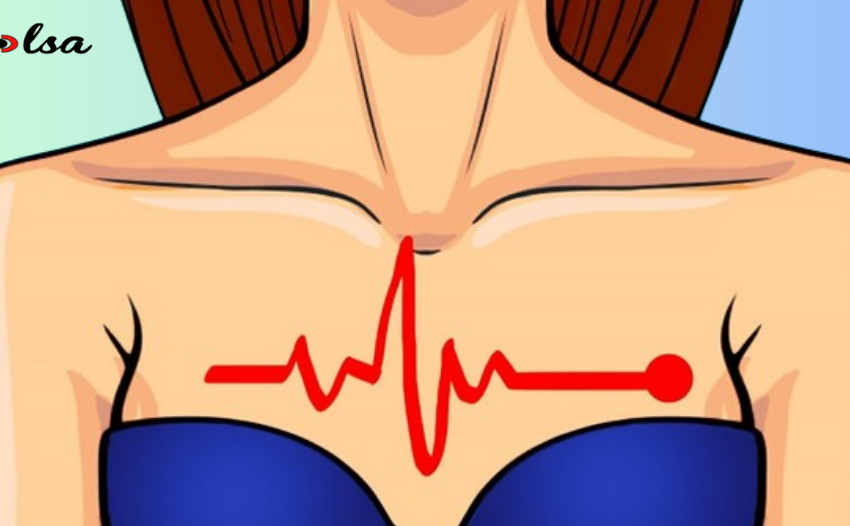6 warning signs and symptoms of stroke
Diseases of the nervous system: understanding strokes
introduction:
According to the Ministry of Health (MOH), strokes, often referred to as “brain attacks,” are critical conditions where part of the brain is damaged due to a prolonged interruption of its blood supply, resulting in the loss of functions controlled by that specific brain. region.
Pre-stroke (transient ischemic attack or mini-stroke):
A transient ischemic attack (TIA), also known as a silent transient thrombotic stroke, occurs when blood flow to the brain stops briefly, causing temporary symptoms without permanent damage.
It serves as a warning sign for possible future strokes and requires immediate attention if symptoms such as numbness, weakness, difficulty speaking, vision problems, dizziness, or severe headaches occur.
Types of stroke:
Ischemic (thrombotic) stroke:
It is caused by a blockage of the blood vessels carrying blood to the brain, often due to fatty deposits or blood clots originating from places such as the heart.
Hemorrhagic stroke (bleeding):
It results from a burst or ruptured blood vessel, causing swelling and pressure on the brain, which can lead to cell and tissue damage and, in severe cases, death. Irregular high blood pressure is a common cause.
Causes of stroke:
The brain needs a continuous supply of oxygen and nutrients to carry out its normal functions. A stroke occurs when this supply is cut off, leading to the death of brain cells and subsequent deficits in movement, speech, cognition and vital body functions.
Risk factors:
Several factors contribute to the risk of stroke, including advanced age, family history of heart disease, previous transient ischemic attacks, history of blood clots, high blood pressure, diabetes, high cholesterol, cardiovascular disease, lack of physical activity, and obesity. , smoking, and drug use.
symptoms:
Recognizing the symptoms of stroke is crucial for timely intervention. Common signs include sudden facial weakness, arm numbness, difficulty speaking, and double vision. Seeking immediate medical attention is vital for proper diagnosis and treatment.
Complications:
A stroke can lead to various complications, such as infections, brain swelling, skin ulcers, paralysis, speech difficulties, memory loss, depression, and blood clots in the leg veins.
Speechless:
To determine the type of brain areas affected, doctors may use tests such as CT scans, MRIs, and cardiovascular evaluations, while ruling out other possible causes of symptoms.
treatment:
Treatment varies depending on the type of stroke and when symptoms appear:
Medications, including blood thinners and clot busters, are given to improve blood flow.
Surgery may be necessary to remove clots and restore blood flow, often within the first six hours of symptoms appearing.
Rehabilitation, including physical therapy, occupational therapy, speech and language therapy, psychotherapy, and lifestyle modifications, supports long-term recovery.
protection:
Knowing the warning signs and symptoms is crucial to seeking immediate medical care.
Controlling health problems (diabetes, high blood pressure, cholesterol).
Adopt a healthy eating pattern.
Regular physical activity.
Quit Smoking.
Manage blood pressure through lifestyle changes and prescribed medications.



